Since its inception, the Justice League has had several ensembles and changes in the lineup. It was in the 2000s, that the Grant Morisson-led JLA series added a modern form to the team. Apart from the usual members like Superman and Wonder Woman, heroes like Aquaman, Green Lantern, and Martian Manhunter have become more closely attached to the team since JLA.
This was also the decade of numerous limited series, crossover events, and one-shots. Some of these stories even reimagined the team in alternate dimensions and timelines. All in all, it was a diverse and impactful phase for Justice League comics.
10 Act Of God (Limited Series)
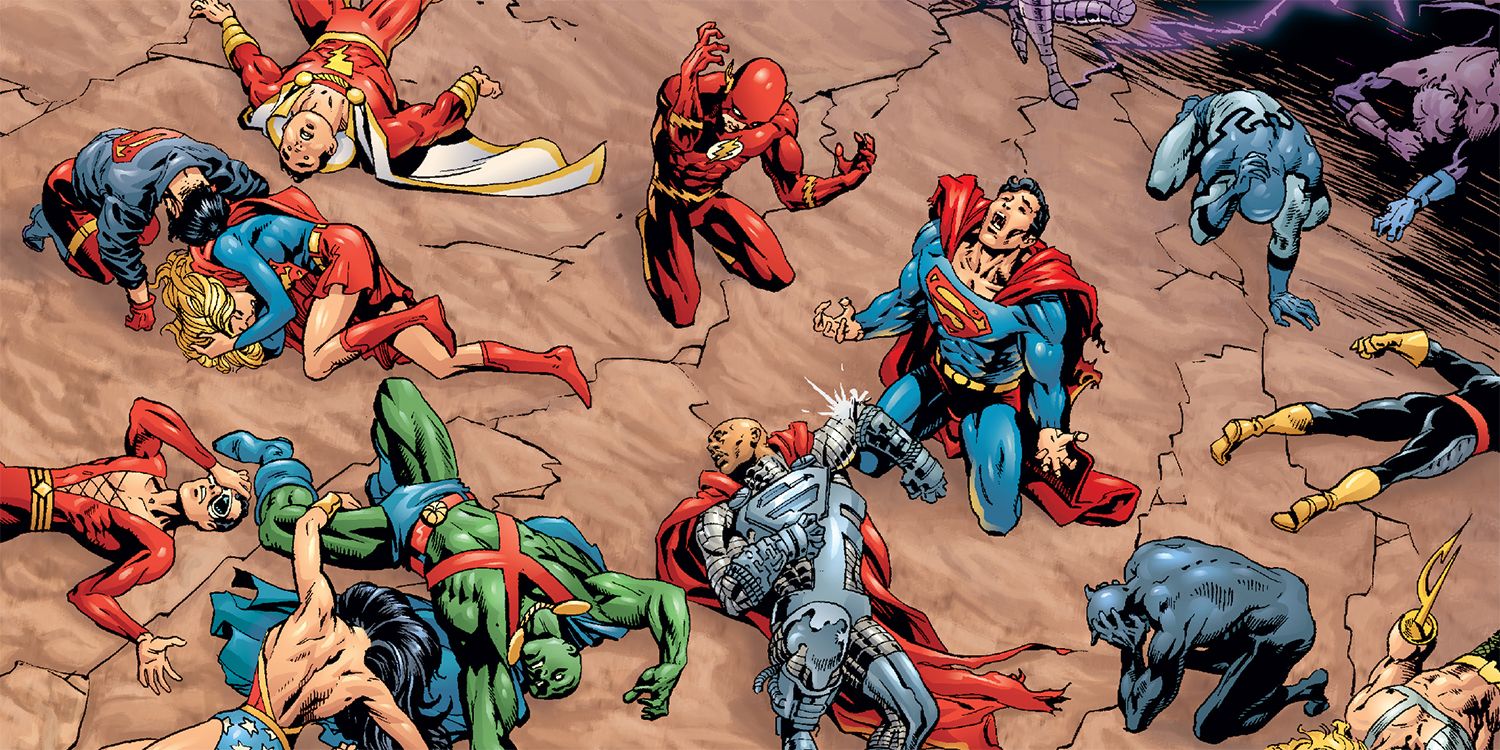
Published under the Elseworlds imprint of parallel universe stories, Act of God imagines a world where every Justice League member loses their powers due to an unseen event.
As the heroes struggle without their powers, the storyline puts forward the question: do heroes need their powers in the first place? It's no secret that the actions of even responsible leaders like Superman can cause a lot of collateral damage. Act of God brings forward a scenario where the world is dominated by equals instead of gods. With enough food for thought, the limited series is a must-read comic issue for Justice League fans.
9 Tower Of Babel (JLA #43-46)

On the surface, the antagonist of Tower of Babel is the powerful Batman comic villain Ra's al-Ghul. But the actual conflict takes place within the League itself as Batman draws heavy suspicion. This significant four-issue story arc reveals Batman's numerous contingency plans against his own peers. The strategist had been collecting records regarding the JLA's strengths and weaknesses.
This naturally leads to a lot of dialogue-driven clashes as the members doubt if Batman can ever go rogue in the future. Even Howard Porter's cover art of Batman standing over the corpses of Justice League members has become iconic over the years. The story also inspired the DC Animated Universe movie Justice League: War.
8 Age Of Wonder (Limited Series)
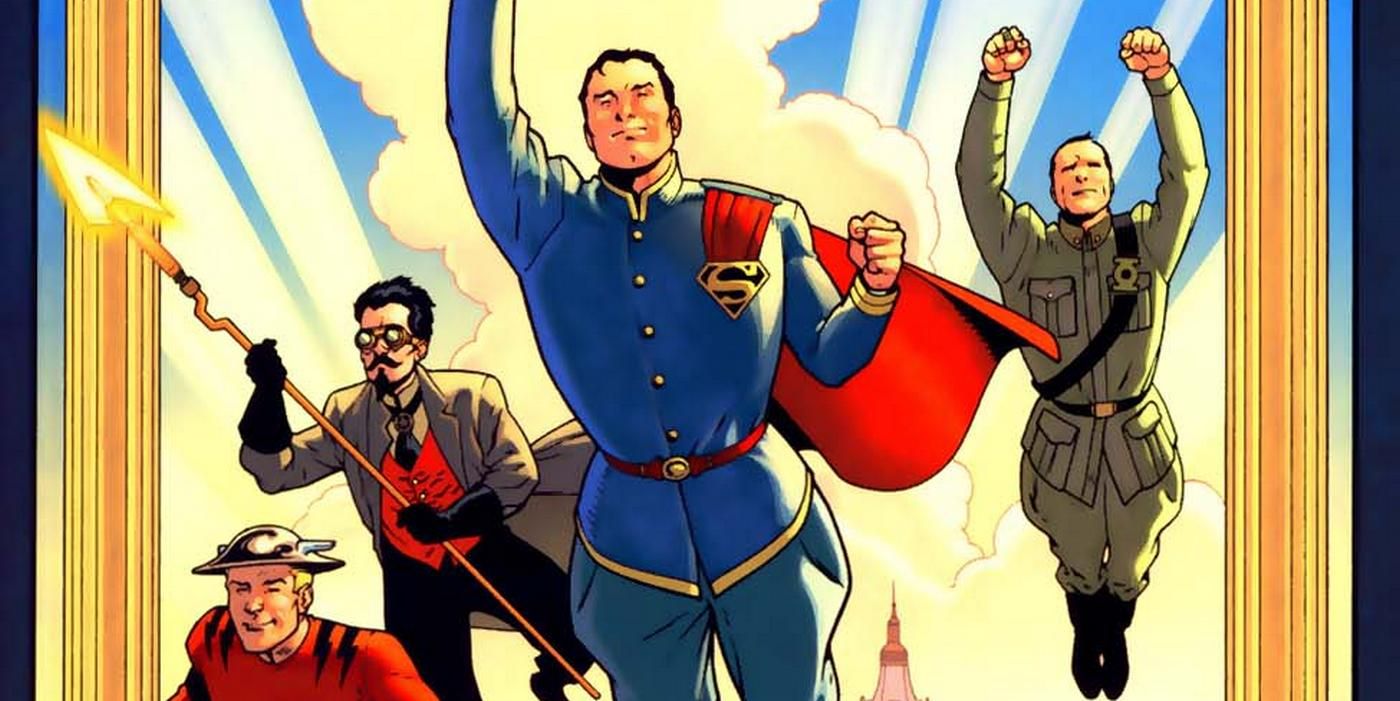
Released within the Elseworlds universe, Age of Wonder presents an alternate history of the League's origins. The first issue is set in 1876 while the sophomore story is set in 1911. Several of the characters like Superman, Batman, and Green Arrow have similar origin stories albeit in archaic settings.
Superman's arc, in particular, is very interesting as it takes place in the backdrop of the clash between inventors Thomas Edison and Nikola Tesla. While Edison's capitalistic tendencies don't suit him, Clark Kent helps Tesla's experiments with his own superpowers. Adding such alternate real-world history is a major 'what if' moment for the DC continuity.
7 A League Of One (One-Shot)
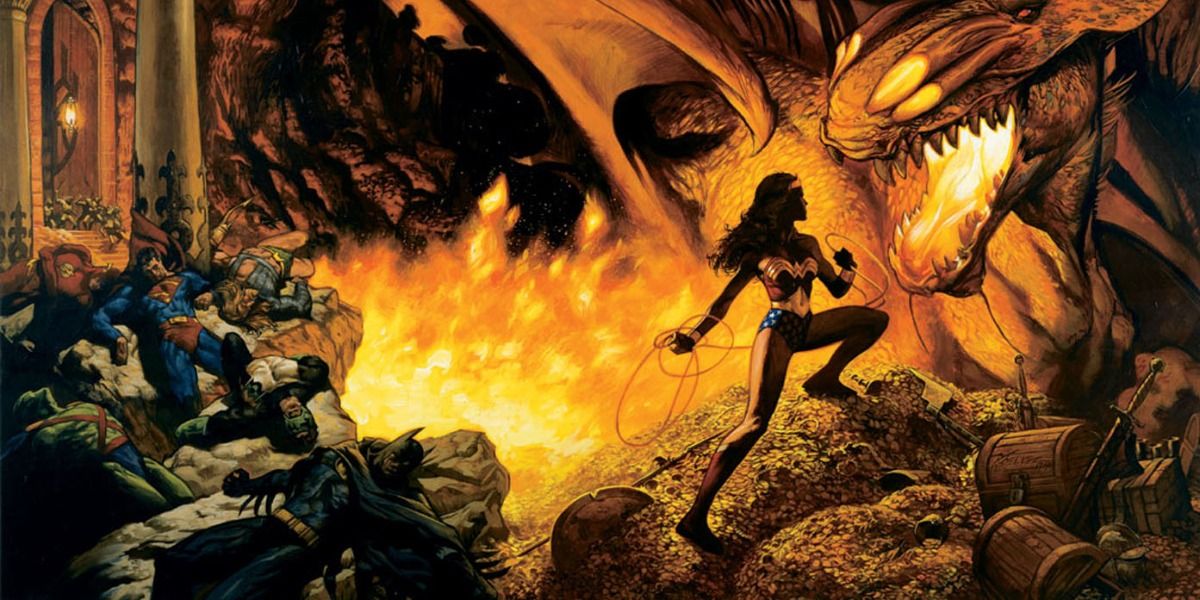
As the title suggests, A League Of One finds Wonder Woman acting on her own prowess to save the League. The Wonder Woman comic book arc kicks off with an ancient dragon that is prophesized to die at the hands of JLA (but at the cost of their own lives). The situation is such that she doesn't wish to compromise any other members and is ready to sacrifice herself.
In one part of the one-shot, Wonder Woman remarks how Superman would have done the same in a situation like this. Such conversations show the immense respect that members of the Justice League have for each other. Even though there might be a few tussles like Batman's behavior in Tower of Babel, the League is mostly a strong united front.
6 JLA/Avengers (Limited Series)
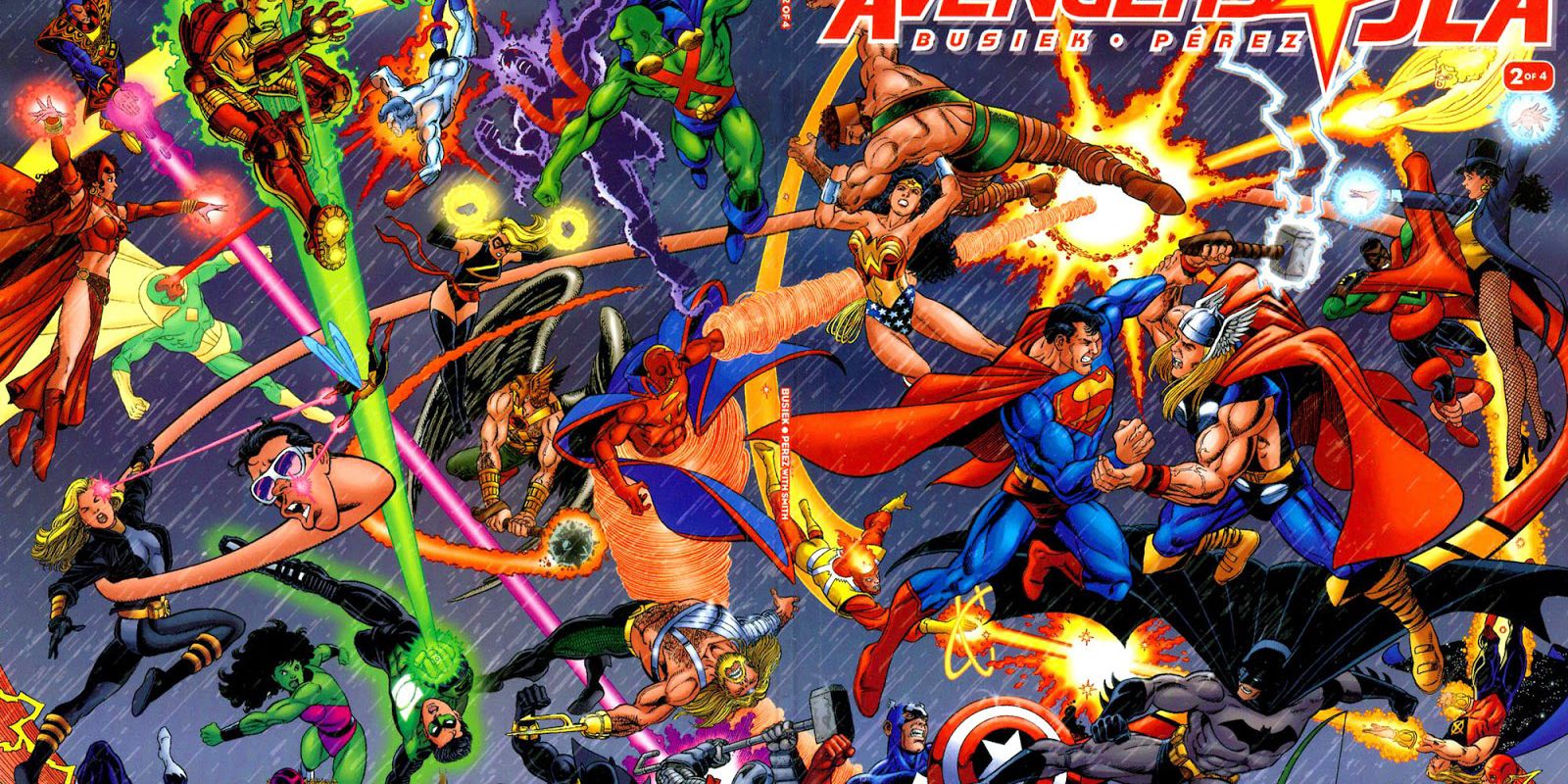
The JLA engages in direct combat with Avengers when their universes collide due to unexplained reasons. But when the cosmic mystery gets clearer, they join forces to collect mystical Marvel and DC objects like Kyle Raner's Green Lantern Power Battery and the Infinity Gauntlet. Once these artifacts are assembled, balance will be restored.
It is exciting to see the DC heavyweights fight their Marvel counterparts. For instance, the comic book speedsters The Flash and Quicksilver race it out while Superman and Thor engage in an aerial battle. Ultimately, the story is about teamwork and both titular superhero groups bear testimony to this.
5 The Pain Of The Gods (JLA #101-106)
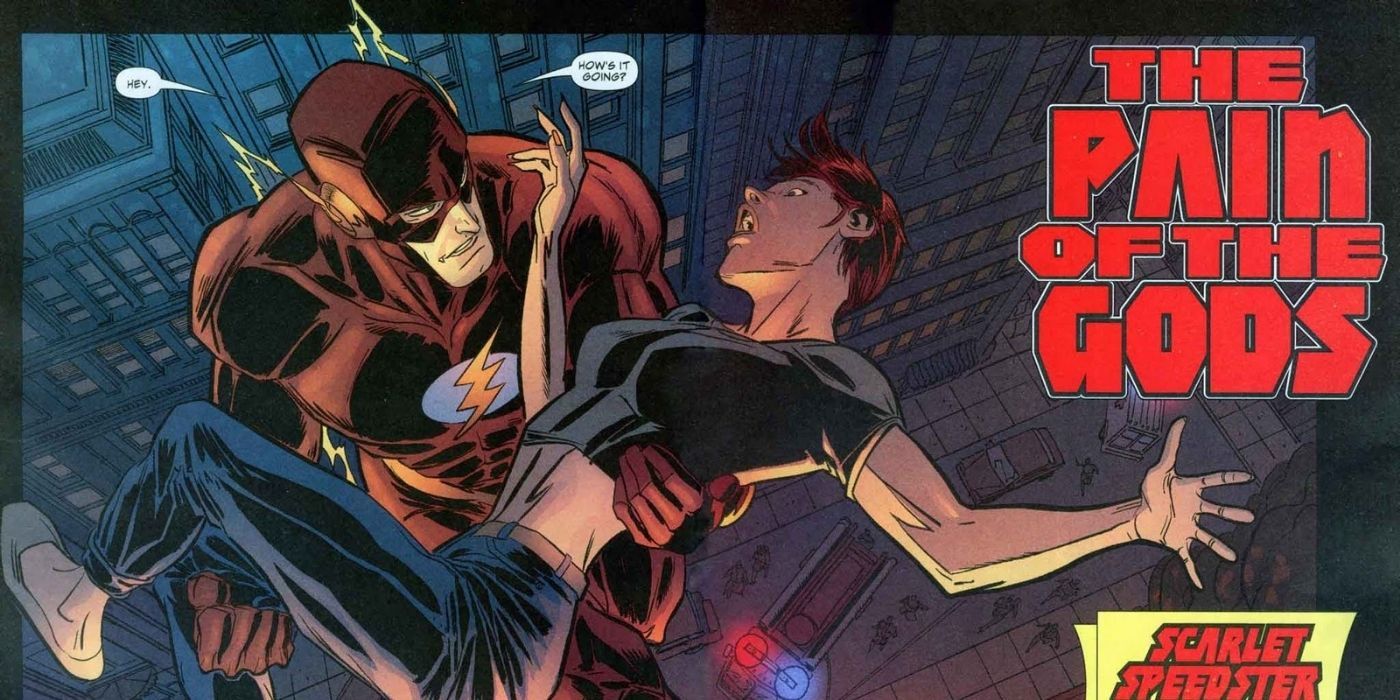
The realism in Pain of the Gods comes from the fact that it acknowledges flawed superheroes. These 'gods among humans' might have all imaginable powers but even they can fail at times. When Superman's actions lead to a rookie hero's demise, all other members of the Justice League introspect on their own actions.
Pain of the Gods marks a new era in JLA storylines. Regardless of their powers, the storyline shows that heroes also need to learn from their mistakes. If readers wish to see the vulnerable side of JLA's members, then this would make for a perfect read.
4 Justice (Limited Series)
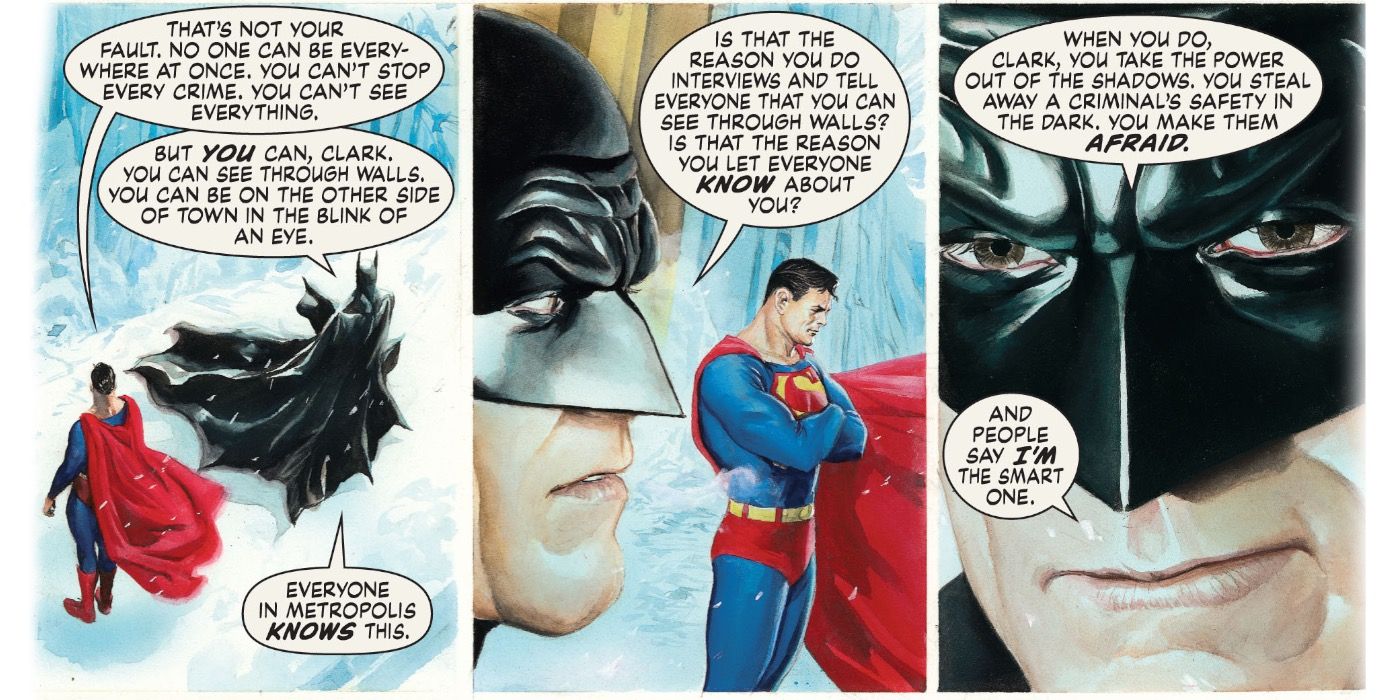
An ambitious 12-issue series written and drawn by the legendary Alex Ross, Justice pits the Justice League against the Legion of Doom, a collective of classic DC Comics villains.
Even though the latter is seen as a villainous superteam, its members like Lex Luthor and Black Manta are convinced that the planet will encounter a catastrophe that the overconfident League wouldn't be able to stop. Instead of just wreaking havoc, the villains also wish to save humanity from doom. It's for such grey areas that Justice serves as a mature and philosophical storyline.
3 Cry For Justice (Limited Series)
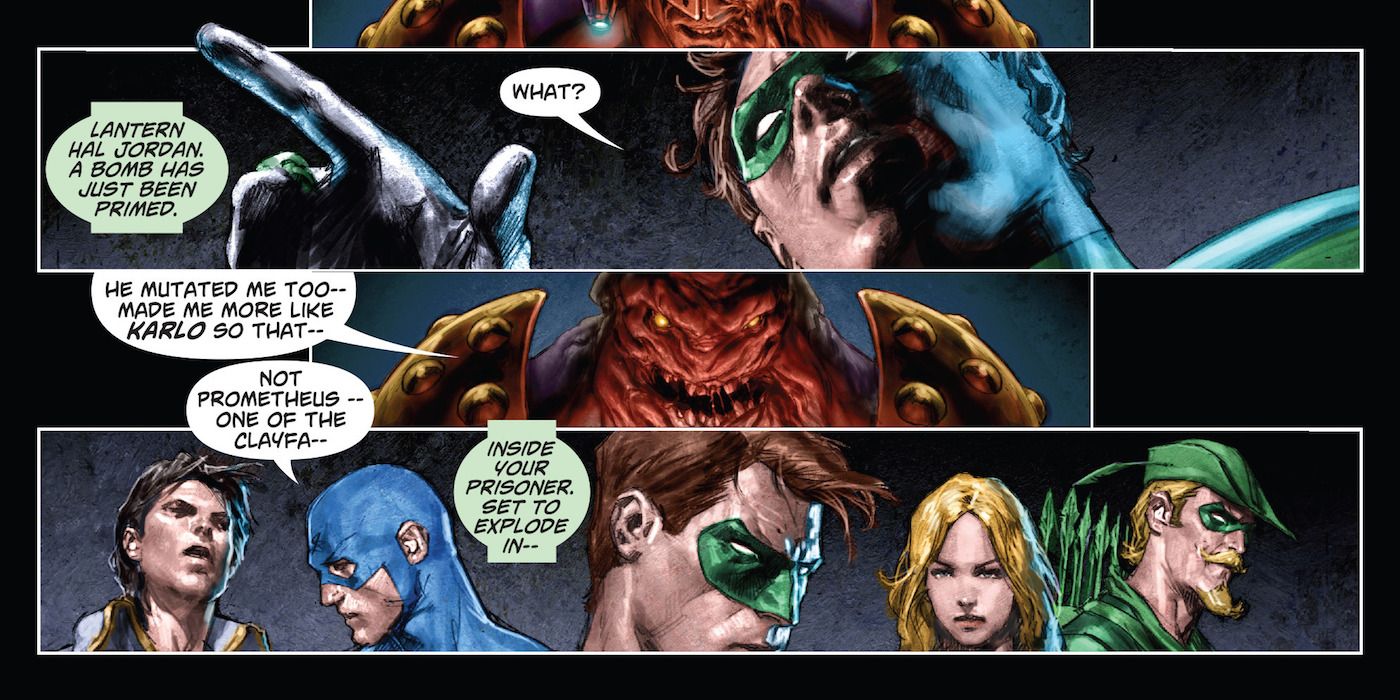
Cry For Justice is set in a world plagued with Batman and Martian Manhunter's death in the Final Crisis event. A breakaway team is created in which veterans Green Arrow and Green Lantern (Hal Jordan) serve as the Justice League's leaders. The other members include Atom, Starman, and Supergirl.
As the team engages in their usual adventures, the series gives both its leaders their moments to shine. In the wake of their teammates' deaths, they have grown to be more mature role models for the younger heroes. Even without the usual lineup, the team still carries on serving justice.
2 Earth-2 (One-Shot)
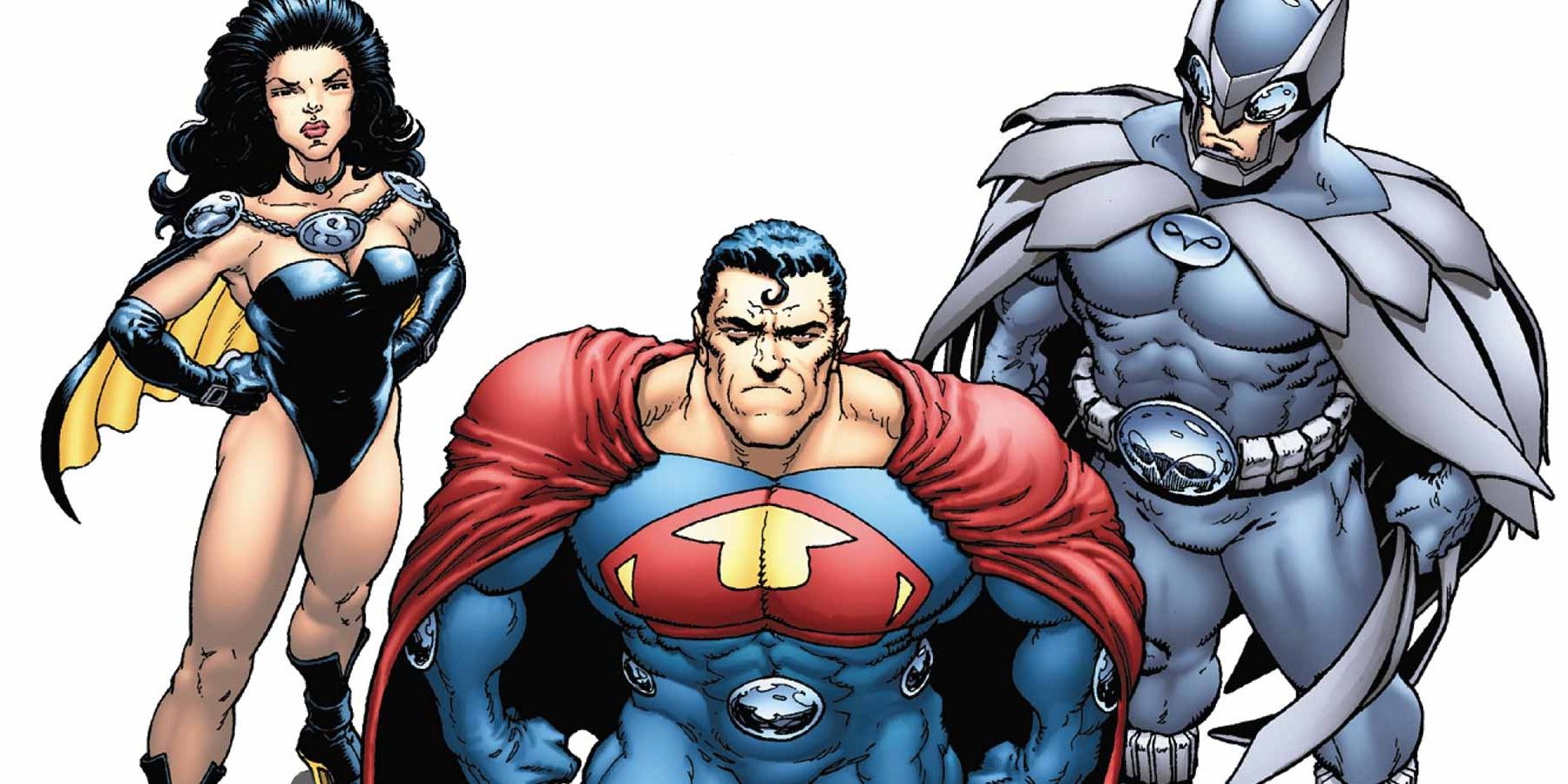
When Justice League finds the existence of an anti-matter Earth, they discover that this realm is dominated by the Crime Syndicate of Amerika, an evil version of the League. As they plan to restore balance on anti-matter Earth and the Crime Syndicate plans to wreak havoc on Primary Earth, both teams fail in their missions.
The presence of multiple dimensions is nothing new in the vast DC Multiverse. But the 2000 one-shot Earth-2 shows how each dimension has its own rules that must not be played with. Such themes added a sense of maturity to the storyline. Even if it's a book meant for young readers, it doesn't resort to a formulaic ending where the heroes emerge victoriously.
1 JLA: Destiny (Limited Series)
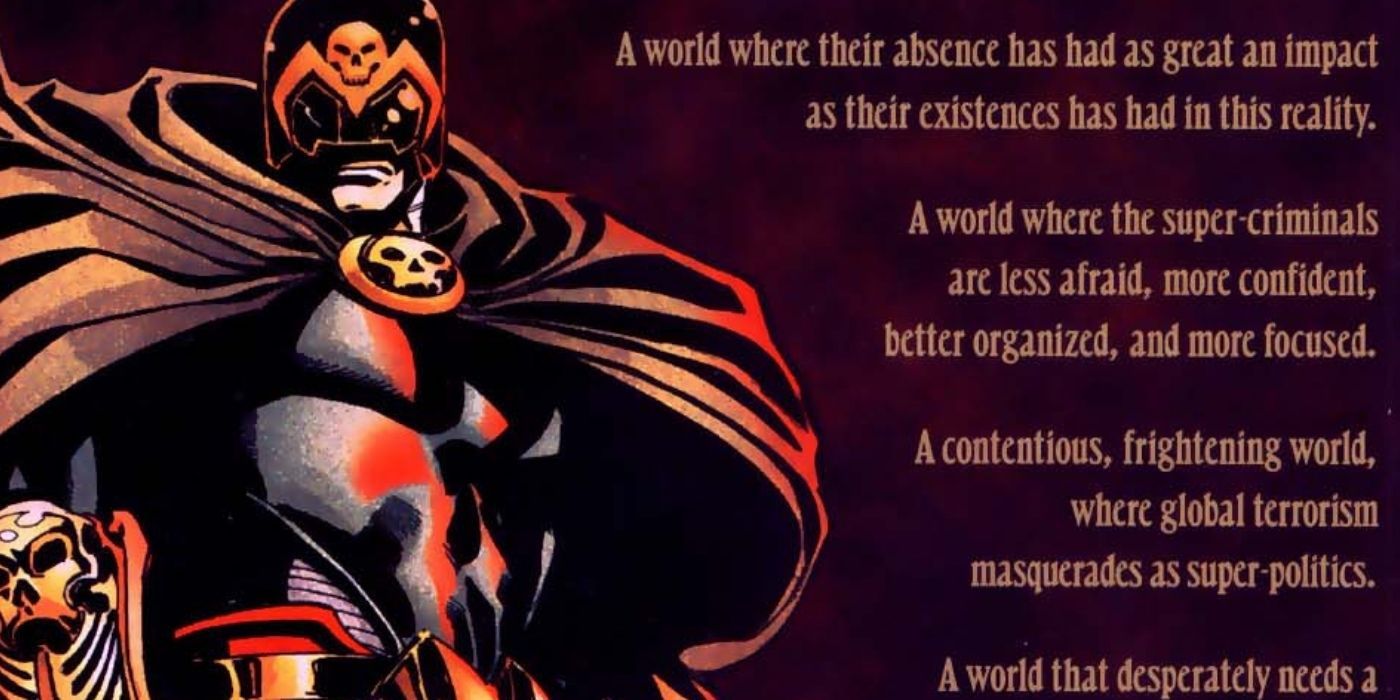
Imagine a world without Batman or Superman. This is the alternative scenario that the Elseworlds storyline JLA: Destiny builds. The world is still protected by a Justice League that is led by obscure characters from the 1940s DC pantheon as well as exclusive new heroes.
A familiar face might be Wally West (The Flash) but the team's equivalent of Superman is Captain Thunder, an African-American version of Captain Marvel. Other characters include lesser-known heroes like Marksman, Midnight, and even a drug-addicted version of Aquaman called Aqualord! Such a diverse lineup would serve as a break from the usual JLA ensemble.
from ScreenRant - Feed https://ift.tt/3mmZ3SI


0 Comments